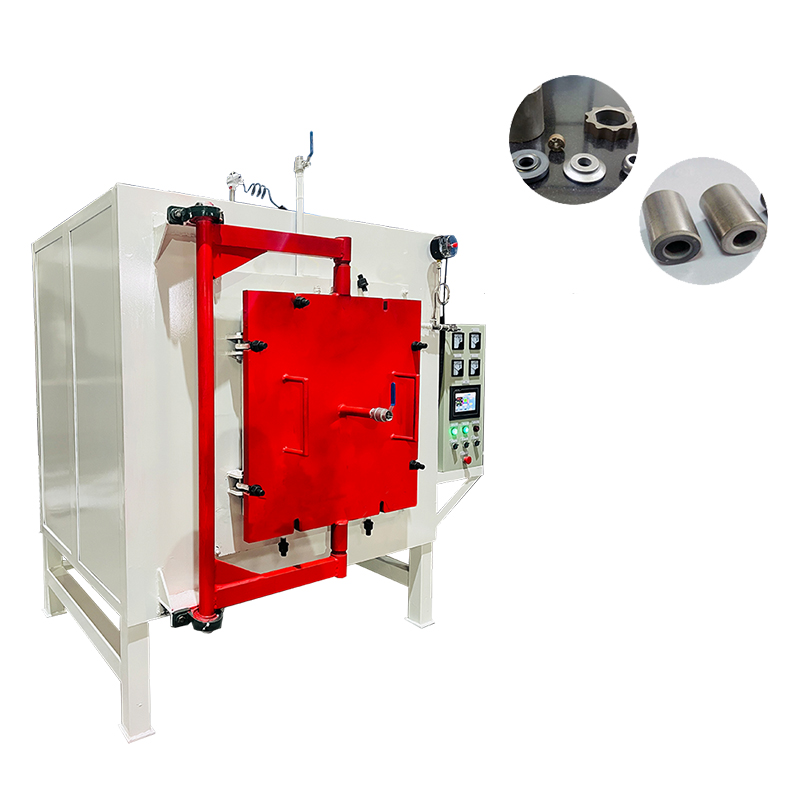Main advantages of vacuum sintering furnace
Jan. 12, 2024
Vacuum sintering furnace refers to a furnace that performs protective sintering of heated items in a vacuum environment. It has many heating methods, such as resistance heating, induction heating, microwave heating, etc.
Sintering carried out under the condition of negative pressure in the furnace is called vacuum sintering.Vacuum sintering is divided into continuous vacuum sintering and intermittent vacuum sintering. Continuous vacuum sintering is rarely used because the furnace is relatively complex, the vacuum degree is not guaranteed, there is no way to introduce gas, and the sintering process curve is difficult to adjust. Intermittent vacuum sintering has a special vacuum sintering furnace equipped with a matching dewaxing furnace, and there is also an integrated dewaxing and sintering furnace. At present, the mainstream vacuum sintering is an integrated furnace in which dewaxing (forming agent) and vacuum sintering are completed in the same furnace at one time.
What are the main advantages of vacuum sintering furnaces?
1. Reducing harmful components. The vacuum sintering furnace reduces the adverse effects of harmful components (water, oxygen, nitrogen) in the atmosphere on products. For example, to make the water content in electrolytic hydrogen gas only require a degree of vacuum, as long as a certain pressure is reached, the water content is equivalent to a dew point that is difficult to reach, and it is relatively easy for a good vacuum sintering furnace to obtain such a degree of vacuum. Vacuum sintering can also be used for materials that are suitable for using reducing or inert gas as a protective atmosphere (such as the sintering of active metals) or that are not prone to decarburization and carburization.
2. Improve the properties of the solid phase. Vacuum can improve the wettability of the liquid phase to the solid phase, which is beneficial to shrinkage and improve the structure of the alloy.
Vacuum sintering helps to remove impurities such as silicon, aluminum, magnesium, and calcium or their oxides, and plays a role in purifying materials. Moreover, vacuum is conducive to eliminating adsorbed gas, residual gas in pores and reaction gas products, and has a significant effect on promoting shrinkage in the later stages of sintering. For example, the porosity of cemented carbide sintered in vacuum is significantly lower than that of cemented carbide sintered in hydrogen.
3. Low temperature requirements
The temperature of vacuum sintering furnace is lower than that of gas protection sintering. For example, the sintering temperature can be reduced a lot when sintering cemented carbide. This helps reduce energy consumption and prevent grain growth. And by strictly controlling the degree of vacuum during vacuum sintering, even if the pressure in the furnace is not lower than the vapor pressure of the sintered metal component, the volatilization loss of the drill when sintering cemented carbide can be greatly reduced or avoided.










